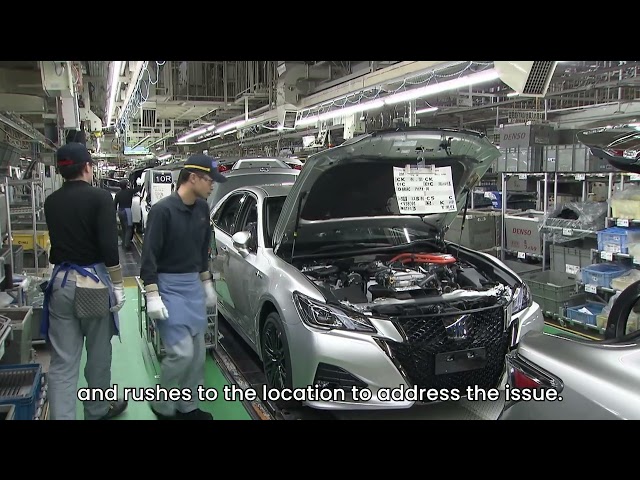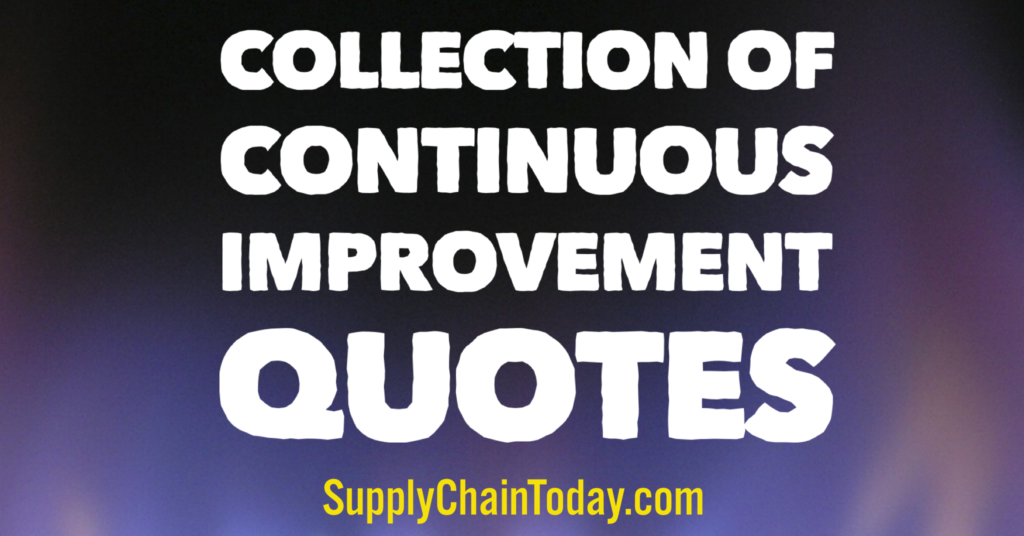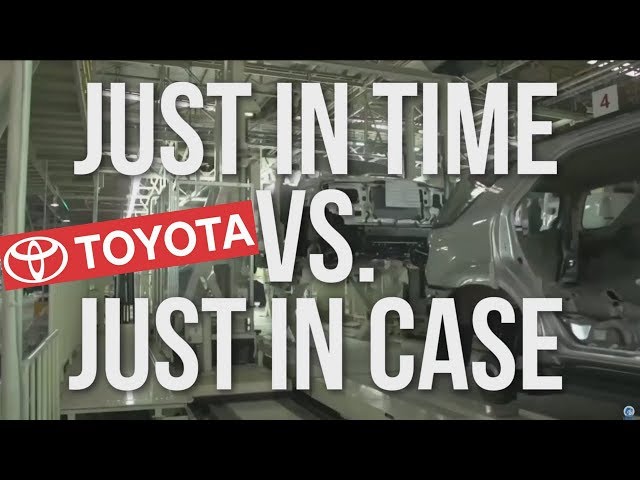What is Value Stream Mapping?
Value stream mapping is a visual tool that helps companies identify and understand the flow of materials and information in their production process. It is used to identify areas of waste and inefficiencies, and to develop strategies for improving the overall performance of the production process.
The process of creating a value stream map typically includes the following steps:
- Identify the product family: The first step in creating a value stream map is to identify the product family, which is the group of products that share common characteristics and are produced using the same process.
- Map the current state: The next step is to map the current state of the production process. This typically involves creating a flowchart that shows the flow of materials and information from raw materials to the finished product. This flowchart should also include information about the time it takes for each step in the process, as well as any bottlenecks or delays that occur.
- Identify areas of waste: Once the current state has been mapped, the next step is to identify areas of waste in the production process. These areas of waste can include things like overproduction, waiting, excess inventory, excess motion, overprocessing, and defects.
- Map the future state: After identifying the areas of waste, the next step is to map the future state of the production process. This typically involves creating a new flowchart that shows how the production process could be improved, with a focus on reducing the amount of waste and increasing efficiency.
- Implement the plan: The final step is to implement the plan for improving the production process. This typically involves making changes to the production process and using a variety of tools and techniques to monitor progress and ensure that the improvements are sustained over time.
Value stream mapping is a powerful tool that can be used to identify and eliminate waste in the production process, and to improve the overall performance of the production process. It can be applied to a wide range of industries and can be used to improve the efficiency of both manufacturing and service operations.
Pros and Cons of Value Stream Mapping
Pros of value stream mapping include:
- It helps to identify and eliminate waste in the production process, which can lead to cost savings and increased efficiency
- It provides a visual representation of the production process, which can help to facilitate communication and collaboration among different departments and teams
- It allows companies to identify bottlenecks and delays in the production process, which can help to improve the overall performance of the production process
- It can be used to improve the efficiency of both manufacturing and service operations
- It can be applied to a wide range of industries
- It can be used to improve the customer satisfaction by reducing lead times, increasing on-time delivery, and improving product quality
Cons of value stream mapping include:
- It can be time-consuming and resource-intensive to create a value stream map
- It requires a high degree of collaboration and communication among different departments and teams
- It may require significant changes to the existing production processes, which can be costly and time-consuming
- It may require a significant amount of data collection and analysis, which can be challenging and time-consuming
- It requires a high level of commitment from all stakeholders to be successful.
- It may not be effective in companies where the production process is too complex or where there is a lack of data.
Overall, value stream mapping is a powerful tool that can help companies to improve the efficiency and performance of their production processes, but it requires a significant amount of time and resources to implement effectively.
Cost Savings: Value Stream Mapping
Value stream mapping can lead to cost savings in several ways:
- Reduced inventory costs: By identifying and eliminating waste in the production process, companies can reduce the amount of inventory they need to hold, which can save money on storage, insurance, and handling costs. This can also lead to savings on the cost of capital, as less money is tied up in inventory.
- Reduced lead times: By identifying bottlenecks and delays in the production process, companies can reduce the lead times for delivering products to customers, which can save on transportation costs and improve customer satisfaction. This can also lead to reduced costs for expediting and airfreight, as well as improved on-time delivery performance.
- Increased efficiency: By eliminating waste and inefficiencies in the production process, companies can reduce the amount of energy consumption, less scrap and rework, and improved machine utilization.
- Reduced scrap and rework: By identifying and eliminating causes of defects, companies can reduce the amount of scrap and rework generated by overproduction or lack of quality control.
- Reduced downtime: By identifying and eliminating bottlenecks and delays, companies can reduce downtime caused by overproduction or lack of resources, which can lead to cost savings through increased productivity and reduced maintenance costs.
- Increased customer satisfaction: By reducing lead times, increasing on-time delivery, and improving product quality, companies can improve customer satisfaction which can lead to cost savings through reduced returns, increased sales, and improved customer loyalty.
- Reduced operational costs: By eliminating waste and inefficiencies in the production process, companies can reduce operational costs such as energy, material, and labor.
It’s worth noting that the cost savings will vary depending on the company, the industry, and the specific areas of waste that are targeted. However, by identifying and eliminating areas of waste in the production process, value stream mapping can lead to significant cost savings for the company.
How to Do Value Stream Mapping
Learn How Value Stream Mapping Applies to Any Industry or Process
Value Stream Map – What is it? How do we use it?
Lean Manufacturing Quotes
- “The Toyota style is not to create results by working hard. It is a system that says there is no limit to people’s creativity. People don’t go to Toyota to ‘work’ they go there to ‘think’.” ~Taiichi Ohno, father of the Toyota Production System.
- “The biggest risk is not taking any risk… In a world that changing really quickly, the only strategy that is guaranteed to fail is not taking risks.” ~Mark Zuckerberg, Facebook CEO.
- “Continuous improvement is not about the things you do well — that’s work. Continuous improvement is about removing the things that get in the way of your work. The headaches, the things that slow you down, that’s what continuous improvement is all about.” ~ Bruce Hamilton
- “Plan-Do-Check-Act (PDCA) Cycle, a cornerstone of continuous improvement. The Japanese term for continuous improvement is kaizen and is the process of making incremental improvements, no matter how small, and achieving the lean goal of eliminating all waste that adds cost without adding to value.” ~Jeffrey K. Liker
- “Things don’t have to change the world to be important” ~Steve Jobs, co-founder Apple.
- “The secret of getting ahead is getting started. The secret of getting started is breaking your complex overwhelming tasks into small manageable tasks, and starting on the first one.” ~Mark Twain
Continuous Improvement and Lean Manufacturing Information
- Basics: Lean, Kaizen, and Continuous Improvement
- Best Continuous Improvement Quotes.
- Deming, Juran and Crosby Quality Philosophies.
- How Toyota Changed Manufacturing – Lean Thinking
- John Shook Explains the Lean Transformation Model
- Kanban explained in 60 seconds.
- Lean, Kaizen, and Continuous Improvement.
- Lean Manufacturing Quotes
- Need Continuous Improvement Training? Try these resources.
- Process Improvement Quotes and Blogs.
- Six Sigma In Plain English.
- The Kaizen Way: ONE SMALL STEP CAN CHANGE YOUR LIFE.
- Toyota Way–‘The 14 Principles of the Toyota Way’


